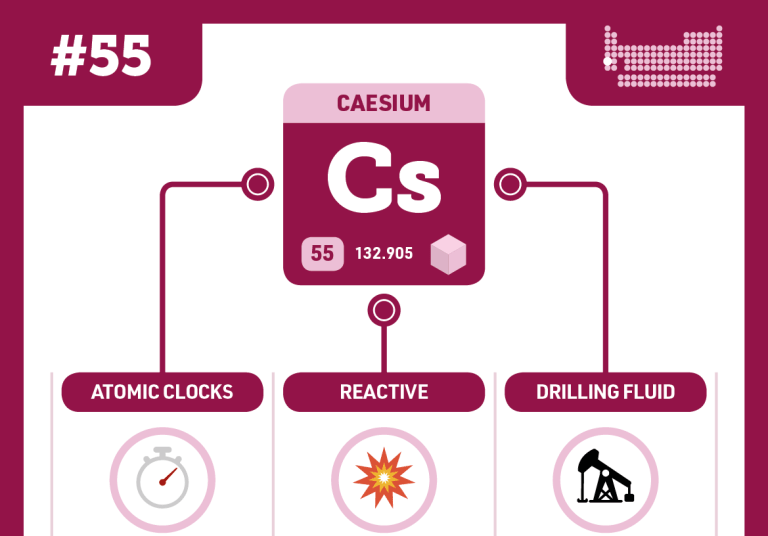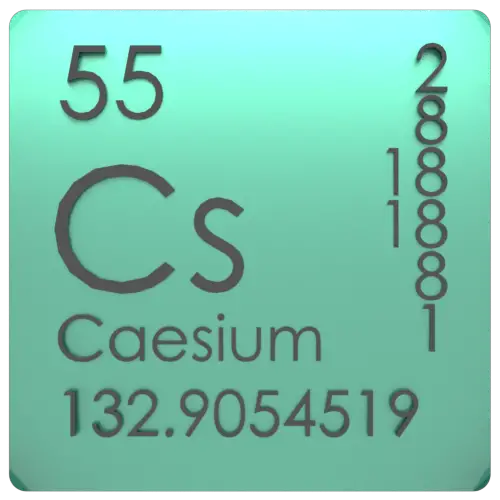
It crystallizes in the simple cubic crystal system.Ĭaesium Chloride Crystal Structure IsotopesĬaesium has 39 known isotopes, ranging in mass number from 112 to 151 but only stable isotope is Caesium-133 with 78 neutrons. This difference is apparent in the 8-coordination of CsCl. Because of its large size, Cs+ usually adopts coordination numbers greater than 6. Cs+ forms complexes with Lewis bases in solution. It forms well-defined intermetallic compounds with antimony, gallium, indium, and thorium, which are photosensitive. It forms alloys with other alkali metals, gold, and mercury. Caesium hydroxide (CsOH) is hygroscopic (the phenomenon of attracting and holding water molecules) and strongly basic. The phosphate, acetate, carbonate, halides, oxide, nitrate, and sulfate salts are water-soluble. Salts of Cs+ are usually colourless unless the anion itself is coloured.

Most caesium compounds contain the element as the cation Cs+, which binds ionically to a wide variety of anions. The caesium-ion is also larger and less hard than those of lighter alkali metals. Caesium can be stored in vacuum-sealed borosilicate glass ampoules. However, a caesium-water explosion is often less powerful than a sodium-water explosion with a similar amount of sodium. It can be handled only under inert gas, such as argon. It is stored and shipped in dry, saturated hydrocarbons such as mineral oil. Because of this high reactivity, caesium metal is classified as a hazardous material. It reacts with ice at temperatures as low as −116 ☌. It ignites spontaneously in air and reacts explosively with water even at low temperatures. Thus caesium transmits and partially absorbs violet light preferentially while other colours (having lower frequency) are reflected hence, it appears yellowish.Ĭaesium metal is highly reactive. For lithium, through rubidium, this frequency is in the ultraviolet, but for caesium, it enters the blue-violet end of the spectrum. The golden colour of caesium comes from the decreasing frequency of light required to excite electrons of the alkali metals as the group is descended. Its compounds burn with a blue or violet colour.

The metal has a rather low boiling point, 641 ☌ (1,186 ☏), the lowest of all metals other than mercury. It has only one stable isotope, Caesium-133. It is one of only five elemental metals that are liquid at or near room temperature with a melting point of 28.5 ☌. In the presence of mineral oil (which is used to keep it, during transport), it loses metallic lustre and takes on duller, grey appearance. It is very ductile, a pale metal which darkens in the presence of trace amounts of oxygen. It is a soft, silvery-golden alkali metal. The Molten State of Caesium in an Ampoule Physical Properties


 0 kommentar(er)
0 kommentar(er)
